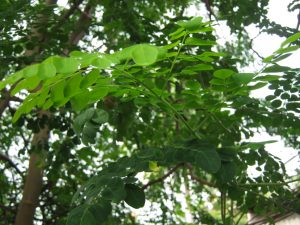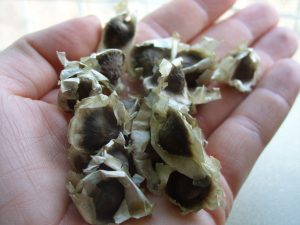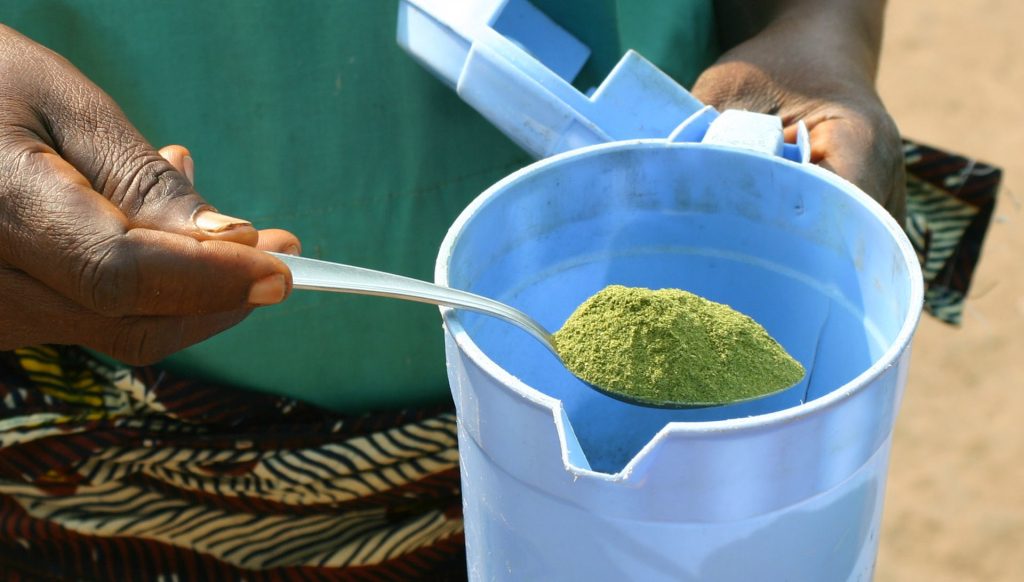The One Stop Shop for Nutrients
By Tracy Mapfumo

Have you ever imagined what a nutritional powerhouse would look like? Its face would be the Moringa Tree. Moringa (Moringa oleifera) is a multipurpose tree native to India. The tree is well known for its wide adaptability, ease of establishment and it is widely grown because of the rich nutritional content of its leaves, flowers and seed. Moringa is cultivated worldwide in the (sub) tropics of Asia and Africa while in Zimbabwe it is suitable for dry land areas, found mostly in natural regions four and five.
Moringa grows quickly from seeds or cuttings and can reach a height of four meters within the first year. Leaves, flowers and pods can be harvested twice or even all year round. Leaf harvesting can be done as early as three months after planting and fresh leaf yield can be as much as six tonnes/ha per year. Trees produce up to three tonnes of seed/ha, but the harvest differs strongly between the dry and rainy seasons.

Moringa leaves are a rich source of essential amino acids and they also contain Vitamin A, B-Vitamins and Vitamin C. Their mineral wealth is astounding, the leaves are also loaded with Calcium, Potassium, Iron, Magnesium, Phosphorous and Zinc. The immature seed pods are high in Vitamin C and are a good source of dietary fibre, Potassium, Magnesium and Manganese. The seeds have 30-40% oil content which is helpful for dry, irritated skin conditions such eczema and psoriasis. Moringa oil contains powerful antioxidants, giving it excellent anti-aging properties as well as making it perhaps the best natural perfume base of all oils. It absorbs the aroma of essential oils and other fragrant compounds like herbs and spices.
As cited earlier, Moringa is a multipurpose tree.

Fresh leaves can be added to salads or cooked in a similar fashion to spinach. They are commonly dried and crushed into a powder which is then added to foods such as porridge, relishes etc to add flavour. The powder and the flowers are also commonly used to make tea. The young pods, popularly known as drumsticks, are used in various dishes in South East Asia. Oil pressed from the seed is edible. It can be used as a salad/cooking oil and is appreciated for its long shelf life. It is also used in the cosmetics industry, alone or in creams, lotions, scrubs and hair care formulations. The seed cake left over after the oil extraction process is commonly used as a fertiliser, or as a flocculent to purify water.
There is high international demand for Moringa products due to global health concerns. The local market is still growing mainly for leaf powder as a medicinal and nutritional supplement.
For more information and recipes, check www.bio-innovation.org and www.naturallyzimbabwean

